Forex trading strategies for using multiple indicators: Techniques for combining different technical indicators in analysis.
Forex trading is a complex endeavor that requires a deep understanding of market trends, patterns, and indicators. One powerful approach is using multiple technical indicators to gain comprehensive insights into the market. This article delves into various forex trading strategies that involve the utilization of multiple indicators for effective analysis. We'll explore techniques for combining different technical indicators, understanding their strengths and limitations, and provide real-world examples to help traders make informed decisions.
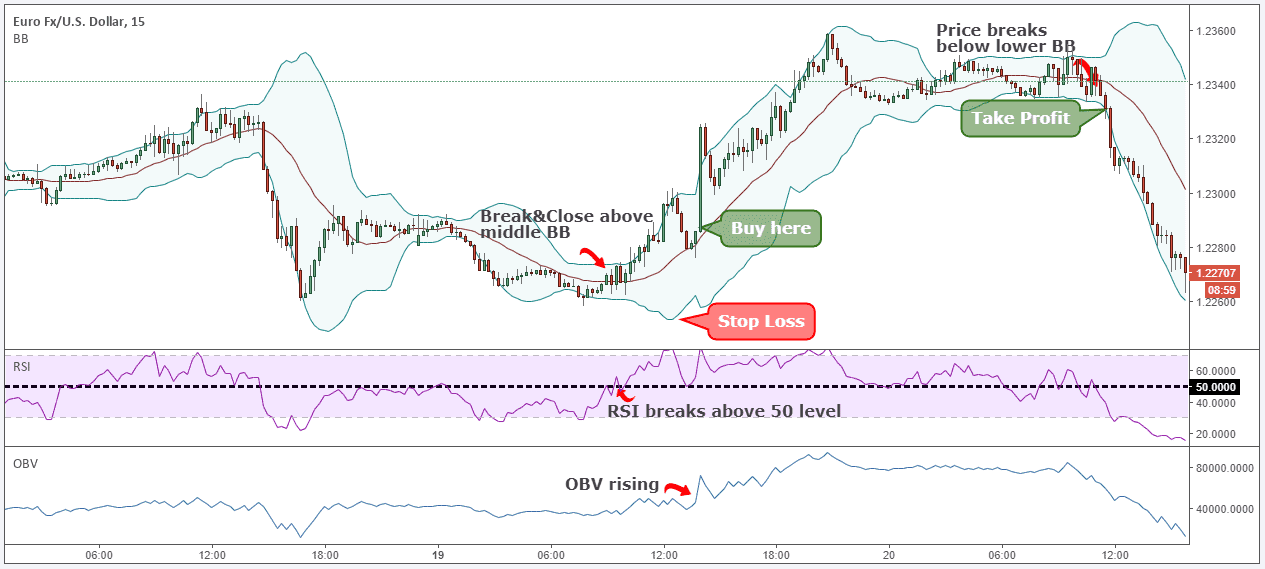
Table of Contents:
- Introduction
- Importance of Technical Indicators in Forex Trading
- Types of Technical Indicators
- Trend Indicators
- Oscillators
- Volume Indicators
- Advantages of Using Multiple Indicators
- Strategies for Combining Indicators
- Moving Average Convergence Divergence (MACD) and Relative Strength Index (RSI)
- Bollinger Bands and Stochastic Oscillator
- Fibonacci Retracement and Moving Averages
- Real-Life Examples
- Limitations and Risks
- Tips for Effective Indicator Combination
- Psychological Aspect of Indicator Usage
- FAQs
- Footnote
Introduction:
In the dynamic world of forex trading, using multiple technical indicators can provide traders with a more comprehensive perspective on market movements. This article delves into advanced strategies for combining different technical indicators to enhance analysis and decision-making.
Importance of Technical Indicators in Forex Trading:
Technical indicators are mathematical calculations based on historical price, volume, or open interest data. They help traders identify potential trends, reversals, and entry/exit points in the forex market. By utilizing multiple indicators, traders can gain a more holistic view of the market, enhancing their decision-making process.
Types of Technical Indicators:
- Trend Indicators: These helps identify the prevailing market direction. Examples include Moving Averages, Ichimoku Cloud, and Average Directional Index (ADX).
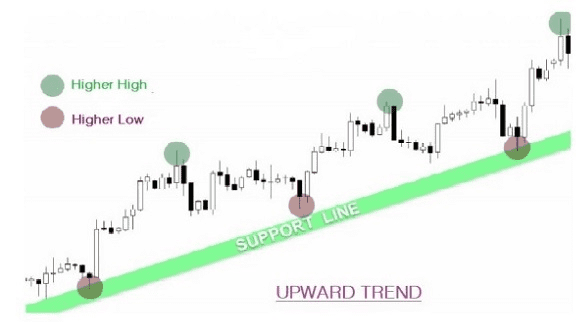
- Oscillators: These indicate overbought or oversold conditions, aiding in spotting potential reversals. Examples include Relative Strength Index (RSI), Stochastic Oscillator, and Commodity Channel Index (CCI).
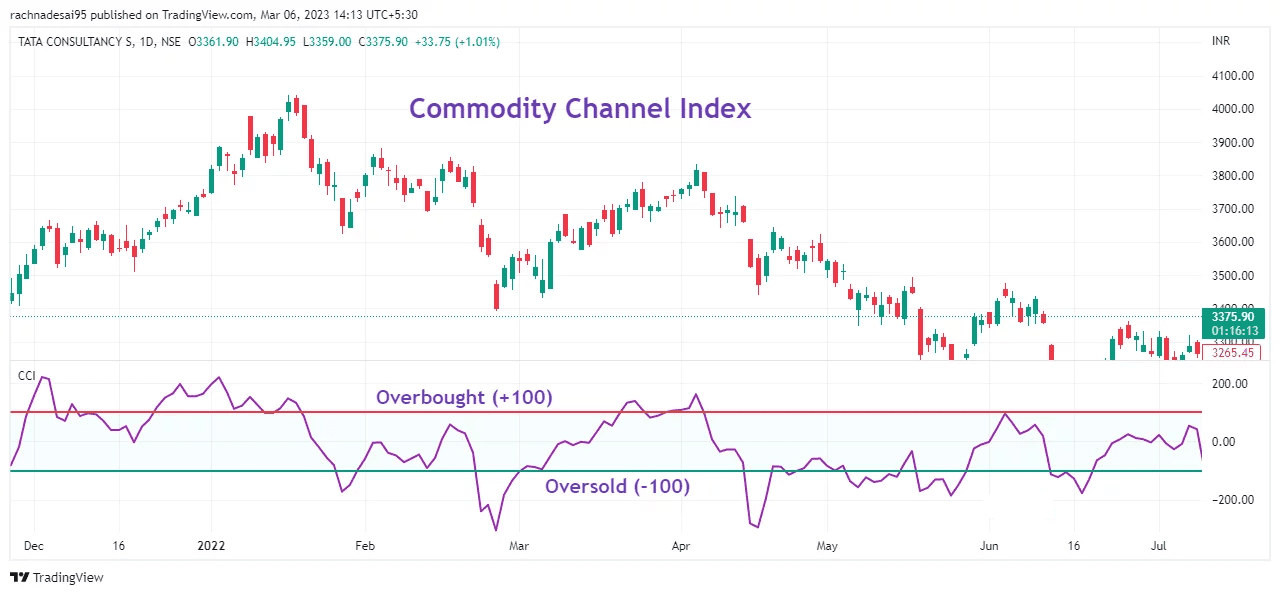
- Volume Indicators: These analyze trading volume, helping confirm trends and potential reversals. Examples include On-Balance Volume (OBV) and Volume Weighted Average Price (VWAP).
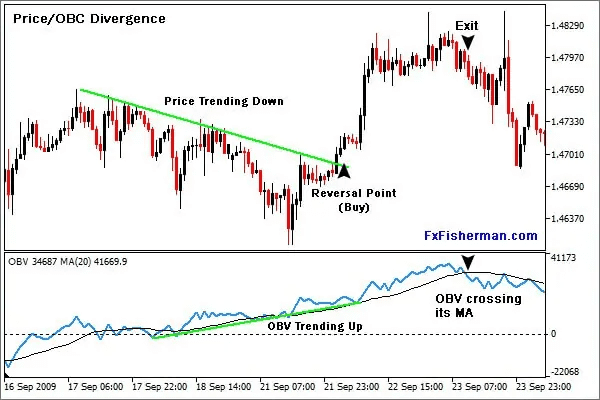
Advantages of Using Multiple Indicators:
- Confirmation: Multiple indicators can validate signals, reducing false positives.
- Diversification: Different indicators focus on various aspects, providing a broader perspective.
- Risk Management: Indicator convergence can highlight low-risk/high-reward opportunities.
- Reduced Subjectivity: Objective data-driven analysis reduces emotional trading decisions.
Strategies for Combining Indicators:
a) MACD and RSI: MACD identifies trends, while RSI assesses overbought/oversold levels. When these signals align, strong trading opportunities arise.
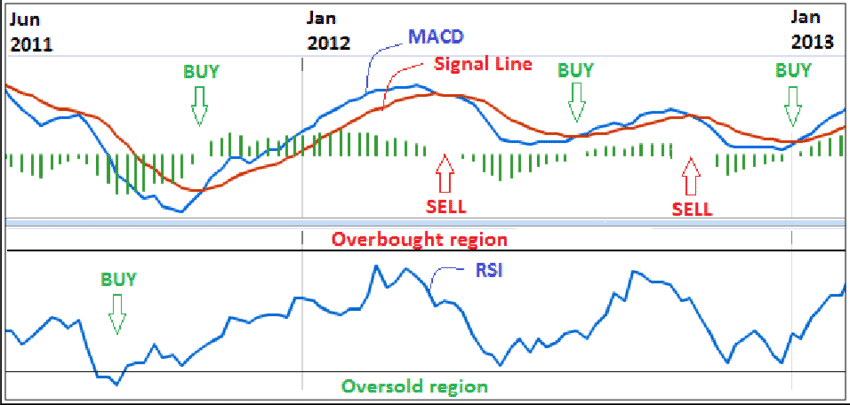
b) Bollinger Bands and Stochastic Oscillator: Bollinger Bands reveal volatility, and Stochastic Oscillator indicates potential reversals. Together, they offer insights into price movements.
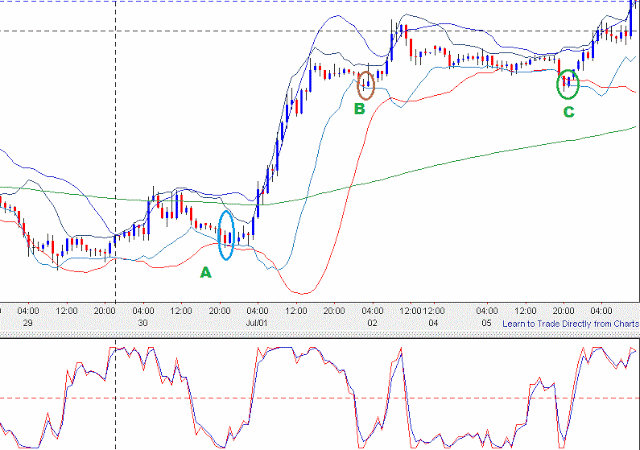
c) Fibonacci Retracement and Moving Averages: Combining Fibonacci levels with moving averages can pinpoint potential support/resistance zones during trend retracements.
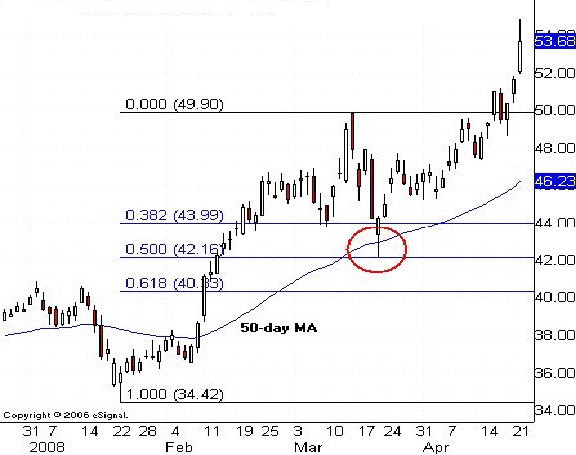
Real-Life Examples:
- EUR/USD Example: Using MACD and RSI to identify a trend reversal and entry points.
- GBP/JPY Example: Combining Bollinger Bands and Stochastic Oscillator for confirming a breakout.
Limitations and Risks:
- False Signals: Over-reliance on indicators can lead to conflicting signals and wrong decisions.
- Market Conditions: Indicators may perform differently in volatile and ranging markets.
- Lagging Nature: Indicators rely on past data, causing delays in recognizing emerging trends.
Tips for Effective Indicator Combination:
- Choose Complementary Indicators: Select indicators that provide unique insights to avoid redundancy.
- Practice and Backtesting: Test indicator combinations on historical data to gauge their effectiveness.
- Understand Indicator Mechanics: Grasp the calculation and interpretation of each indicator used.
Psychological Aspect of Indicator Usage:
- Avoid Overcomplication: Too many indicators can lead to confusion and emotional stress.
- Trust the Process: Combine indicators with a solid trading plan and risk management strategy.
FAQs:
Q1: What are technical indicators in forex trading?
A: Technical indicators are mathematical calculations based on historical price, volume, or open interest data. They offer insights into potential market trends, helping traders make informed trading decisions.
Q2: Why combine multiple indicators?
A: Combining indicators provides a more comprehensive view of the market, increasing the accuracy of trading signals and reducing the likelihood of false positives.
Q3: What are some popular indicators to combine?
A: Traders often combine Moving Averages, RSI, MACD, Bollinger Bands, and Stochastic Oscillators for a holistic analysis.
Q4: How can I build my own multi-indicator strategy?
A: Start by identifying the key indicators that align with your trading goals. Test different combinations using historical data, refine your strategy based on results, and practice sound risk management.
Q5: What are the risks of using multi-indicator strategies?
A: While multi-indicator strategies can enhance analysis, overcomplicating your strategy or misinterpreting signals can lead to poor trading decisions. Sound risk management is essential.
Q6: Can I solely rely on multi-indicator strategies?
A: No trading strategy is foolproof. Multi-indicator strategies should be complemented with a strong understanding of market fundamentals, risk management, and continuous learning.
Q7: How do I know if my multi-indicator strategy is effective?
A: Effective strategies exhibit consistent results over extended periods. Back-testing, demo trading, and continuous evaluation are essential to gauge the strategy's performance.
Footnote:
In the world of forex trading, employing multiple indicators can be a potent strategy to enhance decision-making. However, it's essential to understand the strengths, weaknesses, and nuances of each indicator. By carefully selecting and combining indicators, traders can build a robust analytical framework that improves their chances of success in the dynamic forex market. Remember, while indicators are valuable tools, a holistic approach that considers fundamental analysis and risk management is key to achieving consistent profitability.











Discussion